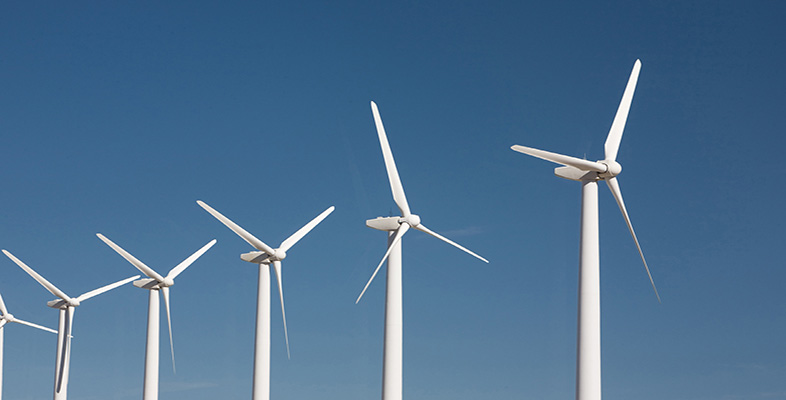4 Renewable energy sources
Fossil and nuclear fuels are often described as non-renewable because supplies are finite and will eventually run out. Renewable fuels are those energy sources that will not run out in the future.
Most renewable energy sources originate from the sun (solar energy), while tidal energy originates from the gravitational pull of the moon, and geothermal energy results from heat trapped below the surface of our planet.
Solar energy can be used directly in a two different ways. The heating part of the suns rays can be used to directly produce hot water (solar thermal), while the light energy can directly produce electricity from photovoltaic cells (PV).
There are, however, a number of indirect ways in which solar energy can be utilised:
Wind energy has been utilised for mills and pumps for hundreds of years, but has been harnessed to produce electricity during the past several decades. Wind 'farms' have been set up in the UK, and around the world, both inland and offshore.
Wave energy technology is still in the early development phase but several devices have been tested in pilot projects. The most widely used is the oscillating water column which uses waves to push air through a turbine which generates electricity.
Tidal energy is utilised by allowing the tide to build up a head of water behind a barrier, then allowing the water to flow through a turbine to produce electricity. The effectiveness depends on the position of the moon, being greatest at full and new moons. Tidal currents can also be used to generate power, by installing turbines in the flows, and that is seen as a more likely way ahead than building large invasive barrages.
Geothermal energy is energy taken from hot regions below the surface. The available heat varies from place to place.
All of these renewable resources hold out a great promise for the future. At present, they are more expensive than fossil fuels but their sustainability and lesser environmental impacts make them attractive alternatives to fossil fuels.
